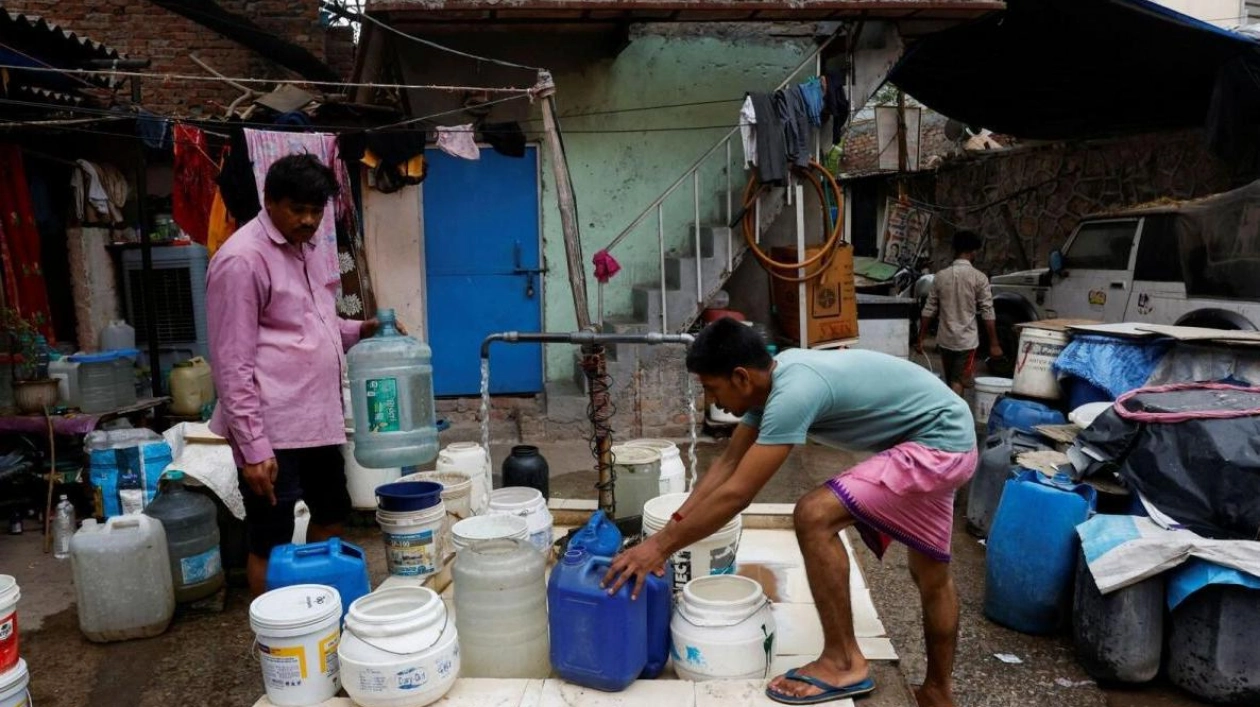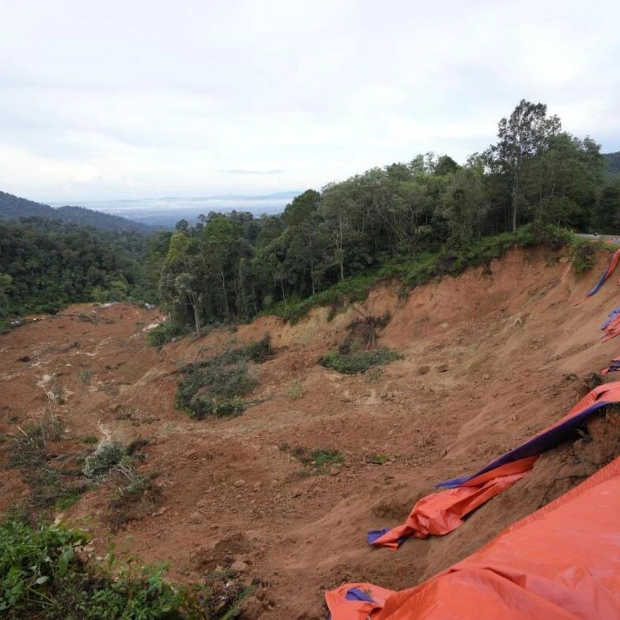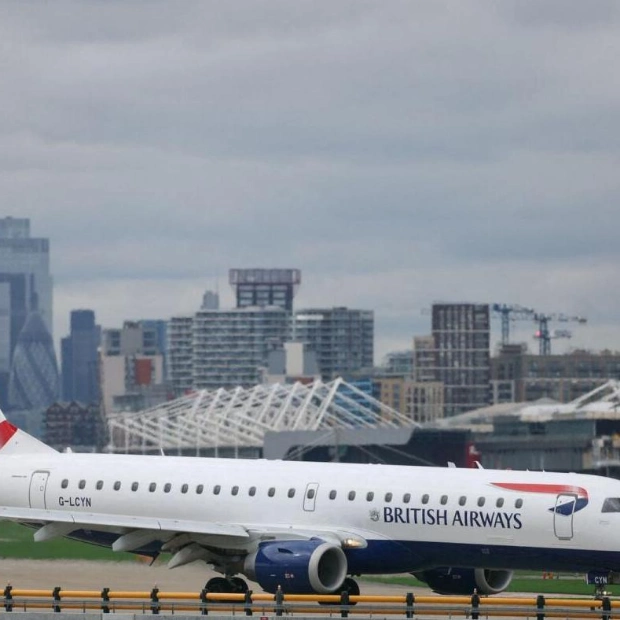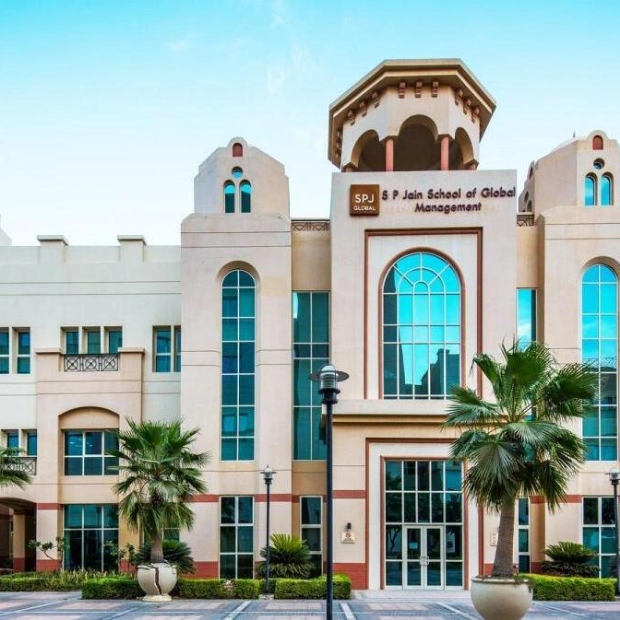In the Vivekananda Camp slum, situated near the US embassy in New Delhi, communal taps provide brackish water for approximately two hours daily. Tanker-delivered water offers an additional bucket for each of the 1,000 residents for drinking and cooking. In arid regions of Rajasthan, southwest of the capital, tap water is accessible once every four days for an hour. In rural areas near Mumbai, women and children travel over a mile to fetch water. This year, Bengaluru, India's tech hub with 14 million inhabitants, faced severe water scarcity, relying heavily on tanker deliveries.
"We sometimes go days without washing the floor or doing laundry," said Sampa Rai, a 38-year-old resident of Delhi's Vivekananda Camp, who wakes before dawn to catch the first water tanker. "Not even dishes. We must make do with what we have." India, the world's most populous country, has grappled with water shortages for decades, but these crises are becoming more frequent. This summer, one of the hottest on record, exacerbated the situation with rivers and lakes drying up and the water table declining.
These shortages impact both rural and urban areas, disrupting agriculture and industry, fueling food inflation, and potentially causing social unrest. Contaminated water claims about 200,000 lives annually in India, according to government data. This urgency has spurred public and private sectors to conserve water, recycle wastewater, and reduce dependence on the annual monsoon, particularly in agriculture. Moody's warned that India's increasing water stress could hinder its economic growth, projected at 7.2% for this fiscal year.
The government aims to triple wastewater recycling to 70% by the end of the decade, as per a federal policy document dated Oct. 21, 2023. Krishna S. Vatsa, a senior official at the National Disaster Management Authority, confirmed these targets. Authorities also plan to halve the extraction of fresh water from 66% to under 50% by the end of the decade. A national village-level program will advise farmers on crops based on local water availability.
Prime Minister Narendra Modi has directed the construction or refurbishment of at least 75 lakes in each of the 785 districts. The government claims progress on over 83,000 lakes, which experts say can help recharge the water table. Modi's $50-billion initiative to provide tap water to all rural households has reached 77% of 193 million families, up from 17% five years ago.
India heavily relies on the annual monsoon for its 1.42 billion people and predominantly rural economy, where water-intensive crops like rice, wheat, and sugarcane consume over 80% of the water supply. The monsoon is susceptible to severe weather, and rapid urbanization has reduced catchment areas, causing much rainwater to drain into the sea. India's annual per capita water availability is projected to drop to 1,367 cubic meters by 2031 due to population growth.
Private enterprises are addressing the crisis in some areas. In Nagpur, the Vishvaraj Group built a $100 million plant in 2020 that treats 200 million liters of sewage daily, selling 190 million liters of treated water to two thermal power plants. Some industries are investing in wastewater recycling and rainwater harvesting to reduce reliance on fresh water. Tata Steel aims to reduce its fresh water consumption to under 1.5 cubic meters per tonne of crude steel by 2030.
The government plans to invest $36 billion between 2021 and 2026 for equitable water distribution, wastewater reuse, and mapping of water bodies. Agriculture, particularly rice cultivation in semi-arid states, has led to excessive groundwater extraction and steep declines in water tables. The government intends to implement a nationwide rural water use program this year, emphasizing water budgeting for each village.






